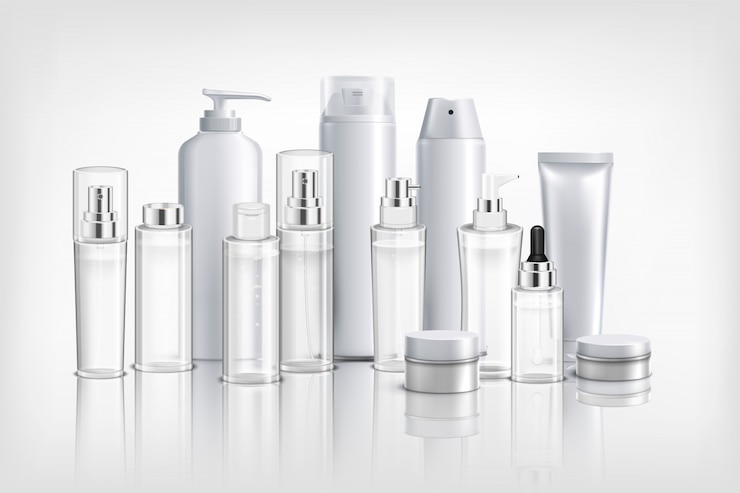In a previous post, “Is K-Beauty at a Crossroads for a New Leap?,” I discussed the paradigm shift and new opportunities facing K-Beauty. We looked at how the convergence of technology, data, and healthcare is reshaping the beauty industry landscape.
Today’s post is a follow-up. By diving deep into several recent industry reports, I aim to prove that K-Beauty’s current momentum is not just a fleeting trend or a temporary boom, but rather an entry into a phase of ‘structural growth.’ K-Beauty is no longer the underdog that stumbled into success; it is evolving into a ’top dog’ that is changing the rules of the global market.
1. A Changed Constitution Proven by Numbers: Beyond China, Into New Territories
In the past, K-Beauty’s biggest risk was ‘China.’ A dependency that accounted for 60% of total exports was a double-edged sword. As of 2025, however, this structure has been completely overturned.
- The New Heart, the United States: In 2025, the U.S. surpassed China to become K-Beauty’s largest export destination. Its share of total exports is approaching 20%, with explosive growth centered on online platforms like Amazon.
- The Next Frontiers, Europe & the Middle East: Even more surprising is the growth trajectory of the next wave of markets. In the first half of 2025, exports to Europe outpaced those to the U.S., emerging as K-Beauty’s new core market. The Middle East, backed by high purchasing power and the popularity of K-content, is also showing steep growth.
This is the clearest signal that K-Beauty is being recognized not just as a regional trend, but as a global ‘category’ in its own right.
2. The New Faces of K-Beauty: The Golden Age of ‘Indie Brands’
The engine of today’s growth isn’t the large conglomerates of the past. It’s ‘indie brands’ like Anua, Beauty of Joseon, SKIN1004, and Medicube that are the protagonists.
These brands have built massive fandoms by communicating directly with Gen Z through social media platforms like TikTok and Instagram. At the recent Amazon Prime Day, K-Beauty brands astonishingly captured half of the top 10 bestseller spots in the beauty category. Not only established powerhouses like COSRX, but also rising stars like Biodance and Medicube decorated the top ranks.
They are moving beyond just ‘cost-effective’ products to create global beauty trends themselves with innovative items like collagen masks, pore pads, and reedle shots that didn’t exist before.
3. The Invisible Hand: The ‘Value Chain’ Supporting the K-Beauty Ecosystem
Behind the success of indie brands are powerful enablers facilitating their global expansion.
- Distribution Platforms (Silicon2): The role of B2B platforms that help indie brands overcome barriers like Europe’s complex CPNP certification, logistics, and marketing is absolutely critical. Silicon2 is at the forefront of pioneering the European and Middle Eastern markets, serving as the backbone of the K-Beauty ecosystem.
- Manufacturing & Production (Cosmax, Kolmar Korea): The role of large ODM companies is also key. They handle the flood of orders from around the world and ensure a stable supply of high-quality products that comply with each country’s regulations. Cosmax, in particular, with its world-class production capacity and R&D capabilities, is proving to be a ‘TSMC-like’ figure supporting the growth of indie brands.
- Packaging & Materials (Pumptech Korea): Functional packaging that contains innovative formulas is another competitive edge for K-Beauty. These packaging and material suppliers are also growing in tandem with the brand companies.
This robust value chain, connecting brands, platforms, ODMs, and material suppliers, is powerful evidence that K-Beauty’s growth is not temporary but sustainable.
Conclusion: Ride the Wave of Structural Growth
Let’s recap. K-Beauty is now equipped with three powerful engines: ① Diversification of export regions, ② The rise of innovative indie brands, and ③ The synergistic growth of a robust value chain.
This means it has now established a predictable and structural growth model that is no longer easily shaken by external variables. In the short term, solid exports through online channels will drive growth. In the medium to long term, the full-scale opening of the U.S. offline market (Ulta, Sephora) and the European market will lead the way.
Of course, risks such as U.S. tariff policies and the volatility of the Chinese economy still exist. However, unlike in the past, K-Beauty’s fundamentals have become strong enough to more than absorb such shocks.
K-Beauty has now passed the ‘crossroads’ of a new leap and is firmly on ’track.’ It’s time to watch with excitement to see which companies will fly how high on this wave of structural growth.

Comments